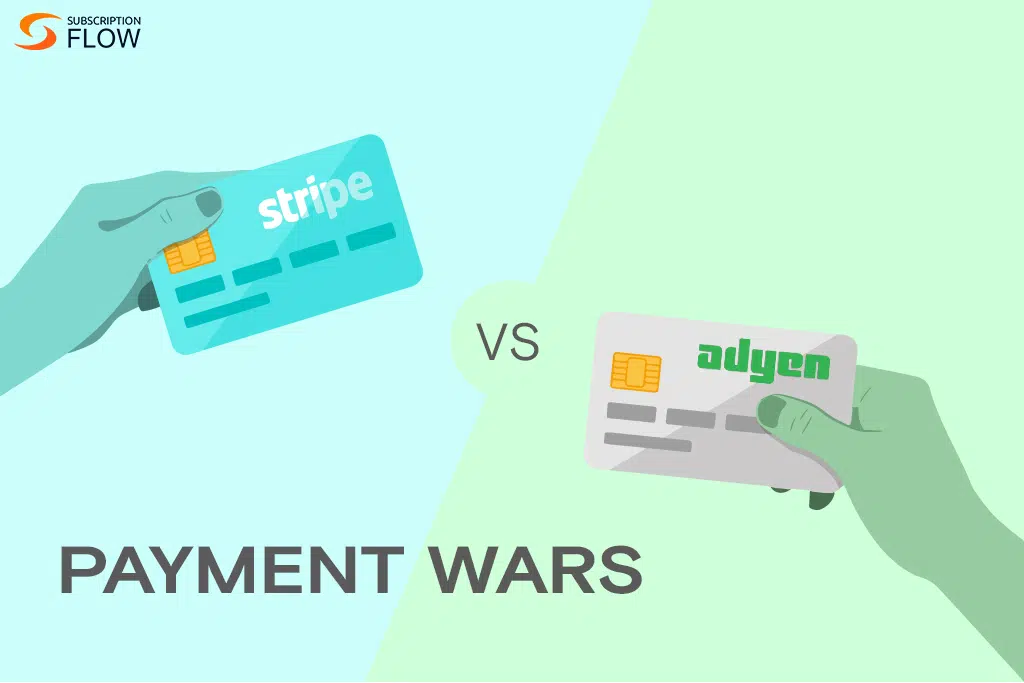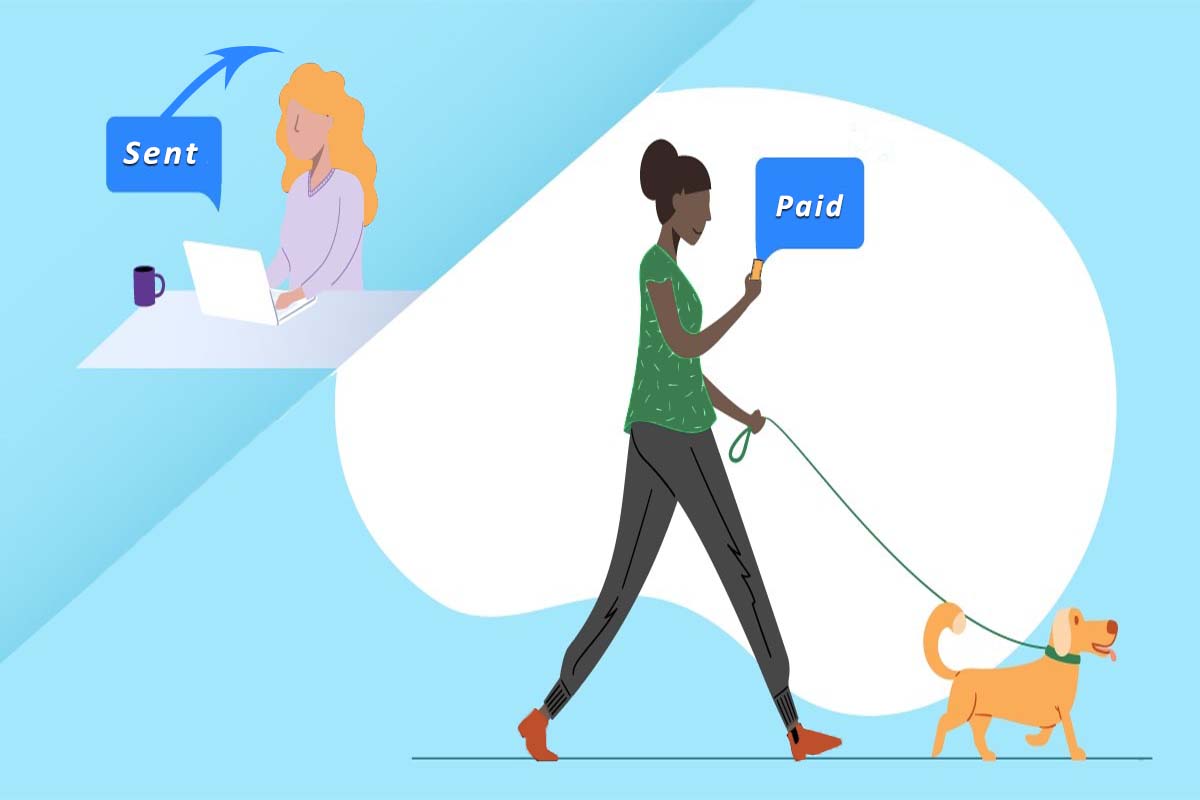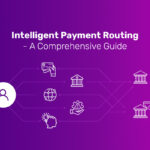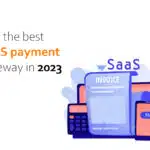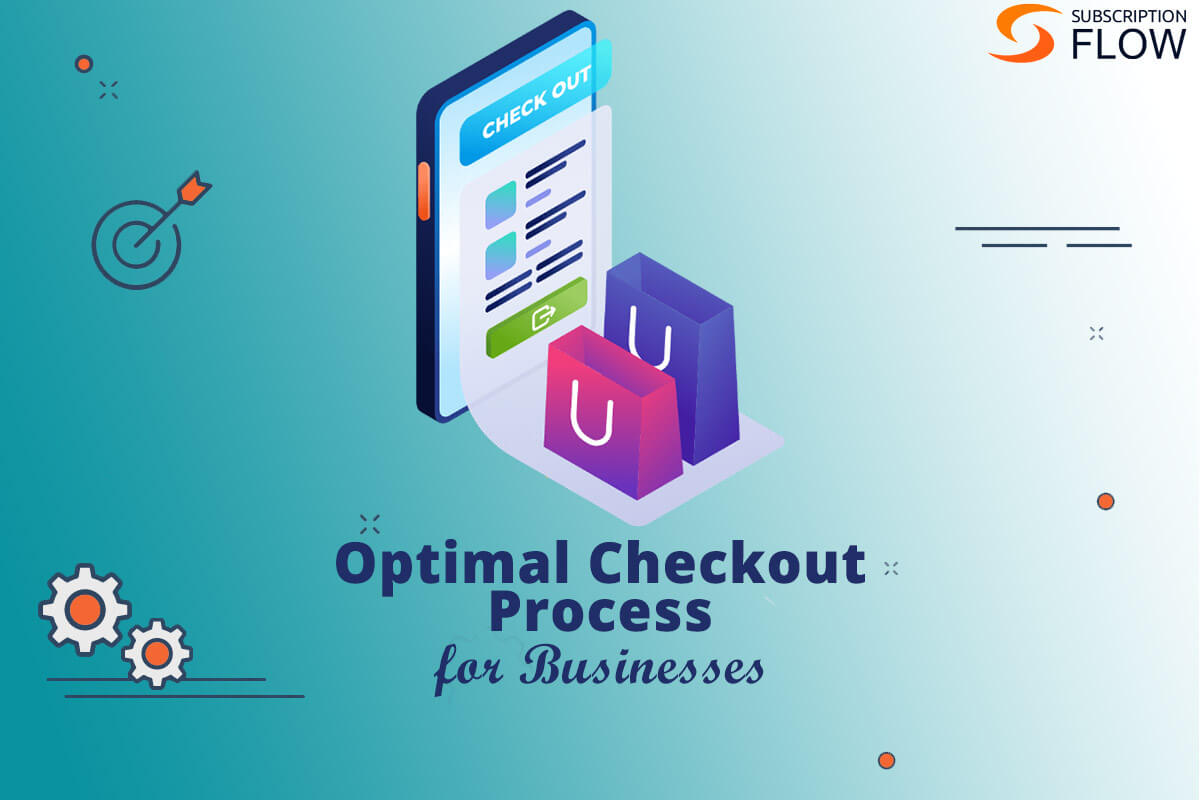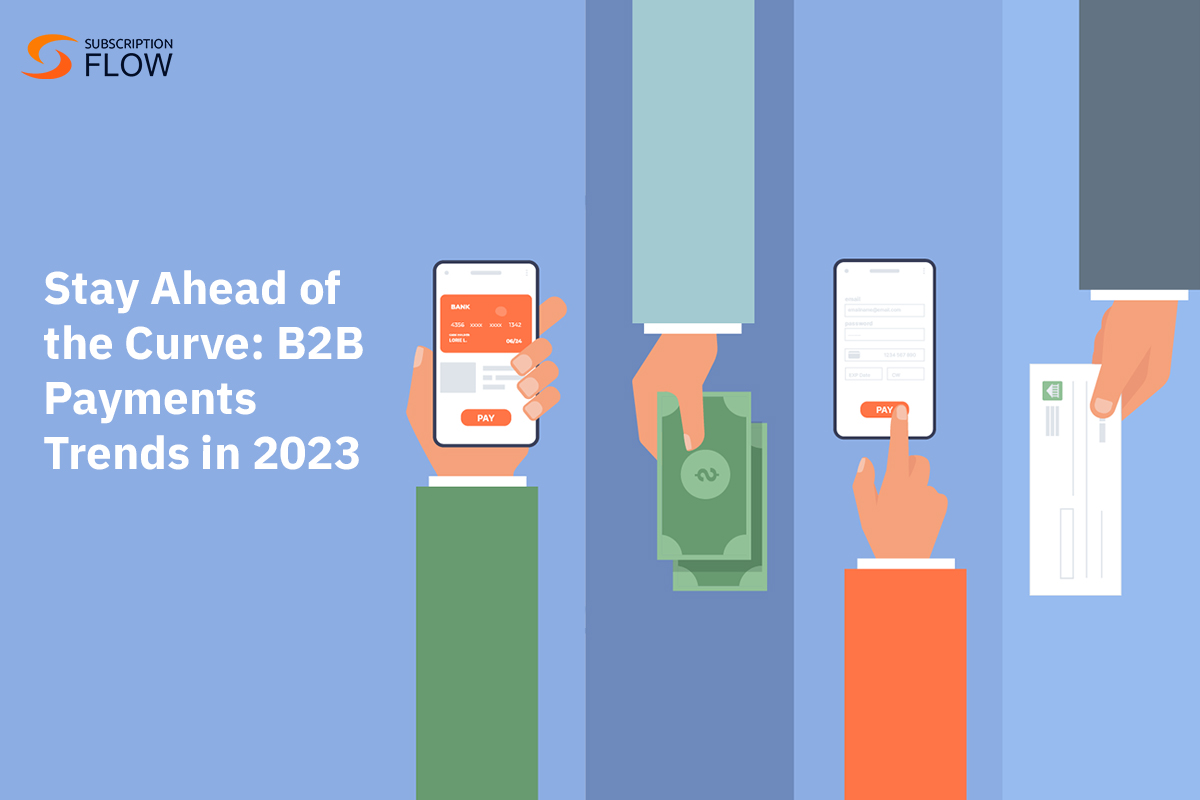
Stay Ahead of the Curve: B2B Payments Trends in 2023
B2B payments enable the smooth flow of transactions between businesses of all sizes. This intricate web of payouts ensures the production and availability of essential consumer goods and services while fortifying the interconnected threads of global supply chains. But what’s changing in the B2B payments landscape and what should you be on the lookout for?
B2B payments in 2023 continue to transform as a result of significant technological advancements, particularly the increased importance of artificial intelligence, changing consumer expectations, and global economic shifts. This blog delves into the intricacies of B2B payments, highlights what sets them apart, and explores the top B2B payments trends in 2023. Let’s dive in!
What Makes B2B Payments Different?
B2B payments, or business-to-business payments, refer to the financial transactions between two businesses where one is selling goods or services to another. Unlike B2C transactions where an end consumer transacts with a business, B2B payments involve
- much larger sums of money,
- unique payment terms and conditions, and,
- much higher stakes if entitlements and payouts are not handled efficiently.
B2B payments, therefore, differ considerably in scale and complexity, to the B2C payments space making them a distinct realm with its own set of challenges and opportunities. Let’s demystify these by walking you through three prominent B2B payments trends in 2023.
Trend #1: The Declining Popularity of Checks
Although checks are still one of the more popular methods for B2B payments, the data from 2023 suggests that payments done via checks cost more money than they’re worth. ACH payments are the most popular method of transacting for businesses, well worth their cost. This shift is part of a larger trend of digital transformation that has left no industry untouched, and B2B payments are no exception. Traditional methods, such as paper checks and manual invoicing, are gradually being replaced by more efficient and secure digital alternatives.
The payment data of several public sector businesses shows 60% of vendors opting for ACH payments that account for ~90% of the total spend, and the ~30% of vendors accepting check-based payments accounts for roughly 7% of the total spend. This tells us that on average check-based payments are small and the cost of offering these payments is a significant proportion of the payments themselves. As a result, 2023 has seen a decline in the popularity of check-based payments.
With the rise of cloud-based payment solutions and billing automation platforms such as SubscriptionFlow, businesses can now automate quote negotiations and collect secure contract based payments. Digital payment gateways and automated invoicing systems save time and provide real-time visibility into financial transactions.
Trend #2: AI-Powered Financial Automation
Artificial Intelligence saw significant strides in 2023 with the explosive cultural impact of natural language processors like ChatGPT and has also been reshaping B2B payments when it comes to increased security. In 2023, businesses have increasingly turned towards AI-powered financial automation solutions to optimize their payment processes.
Machine learning algorithms analyze historical data to predict payment patterns including flagging late paying accounts to plug revenue leaks.
Furthermore, AI-driven tools are enhancing fraud detection and prevention in B2B transactions. When fed withtransaction data, these systems can identify anomalies and potential risks, providing an additional layer of security to heavy B2B transactions. The integration of AI in B2B payments not only reduces manual intervention but also improves accuracy and compliance with regulatory standards. Furthermore, improved security through AI implementation is sure to enhance the trust in digital payments further facilitating the shift out of traditional payment methods.
Trend #3: Focus on Sustainability in B2B Payments
In 2023, sustainability is a driving force influencing decisions across industries, including B2B payments. Businesses are increasingly recognizing the importance of being ethical towards the environment and end consumers are demanding responsible practices from businesses and this extends to the payments space.
Sustainable payments involve minimizing the environmental impact of B2B financial transactions which involves going paperless through digital invoicing, optimizing supply chain logistics to minimize carbon footprint, and exploring eco-friendly payment options. As consumers and businesses alike become more concerned with their environmental footprint, sustainable B2B payments are sure to become increasingly relevant in the coming years.
Final Remarks
2023 has seen a major shift in B2B payments trends due to a combination of technological advances, shifting consumer demands, and an increased emphasis on sustainability. Businesses are redefining the way they carry out financial transactions through the broad adoption of digital solutions as well as the use of artificial intelligence. It’s clear from observing these trends that a seamless, safe, and technologically sophisticated ecosystem will play a major role in B2B payments in the future.



